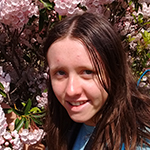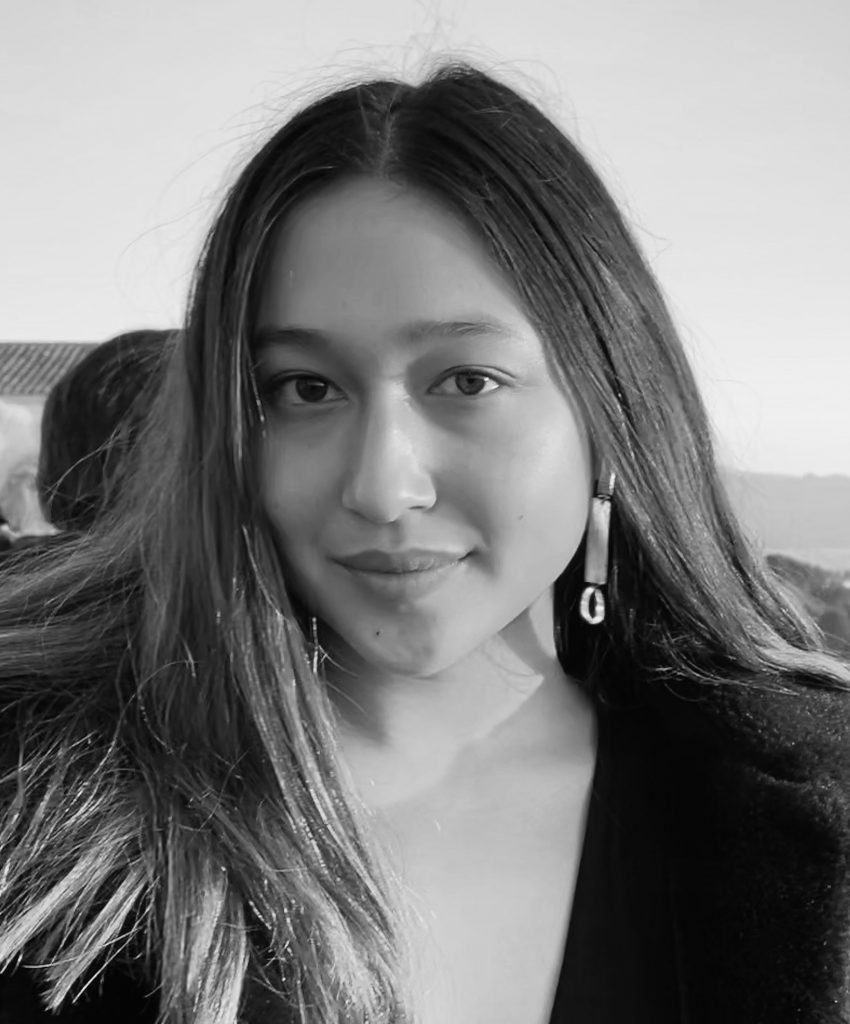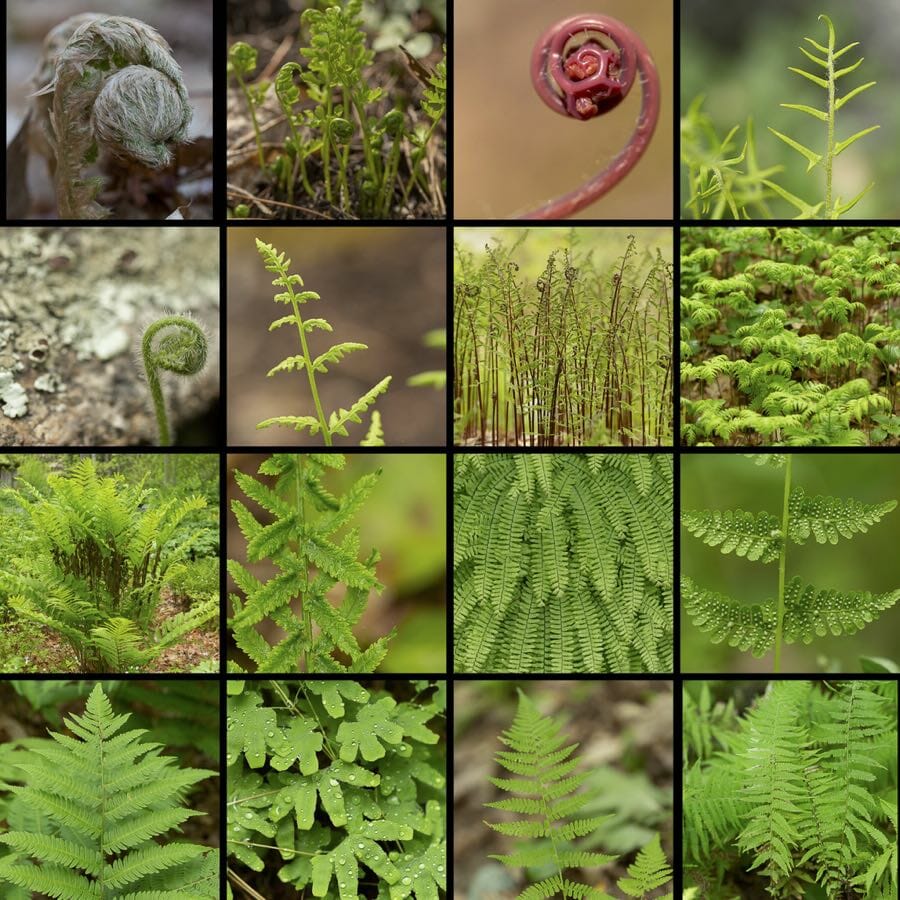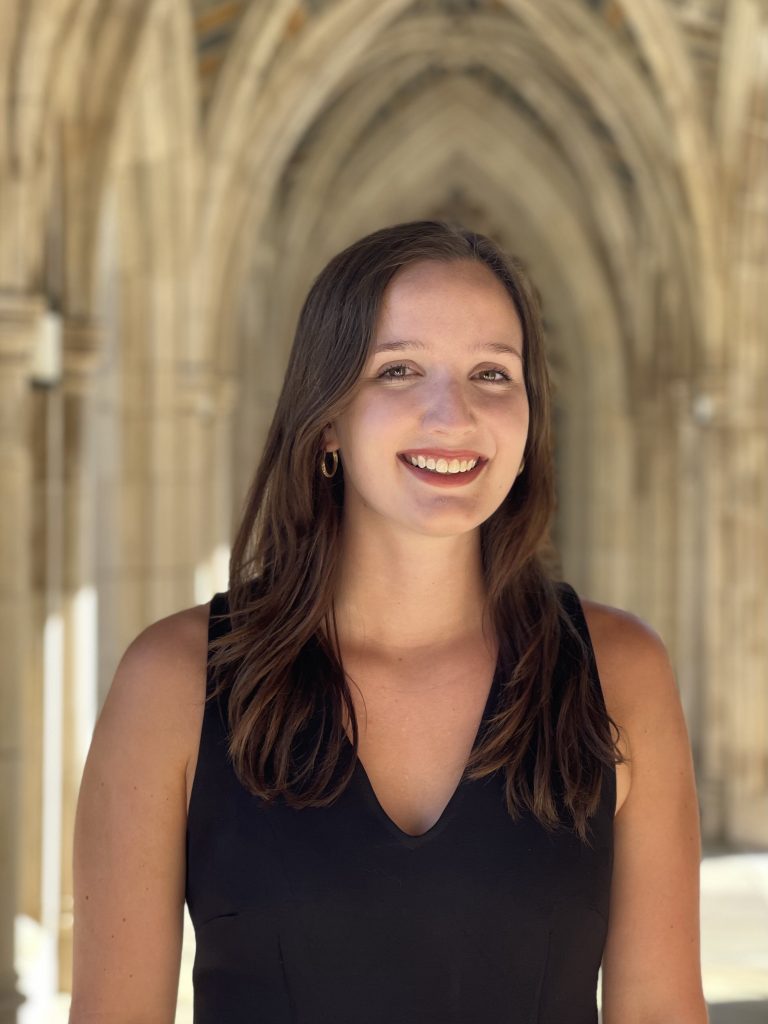Jason Dinh’s research career began unintentionally with a semester at Duke’s Marine Lab. A current fourth-year PhD candidate in Duke’s Biology Department, Dinh ventured to the Marine Lab for a mental reset in the spring of his sophomore year as a Duke undergraduate. “While I was there, I realized that people can just get paid to ask questions about how the world works,” Dinh told me, “And I really didn’t know that was a thing that you could do.” Maybe this is what I want to do, he thought.

Dinh spent his remaining undergraduate summers investigating the impacts of soundscapes on oyster and fish larvae development. Now, he studies snapping shrimp – a small oceanic species that is “one of the biggest sound producers in the ocean,” bested only by toothed whales.
Dinh first became aware of snapping shrimp during his undergraduate research. He told me that you can find snapping shrimp “basically anywhere, from the equator up to Virginia or maybe North Carolina.” While conducting research on ocean sounds and oyster and fish larvae, Dinh noticed the frequent snapping sounds of the snapping shrimp when he placed underwater microphones. “We didn’t really know what they were doing,” Dinh said.

The male snapping shrimp is asymmetrical with one very large claw and one that is regular-sized. The large claw has a tiny hook on the end and when the shrimp clamps down or “snaps” the claw, the top half latches into the bottom, shooting out an air bubble at sixty miles per hour that “essentially boils the water behind it,” producing the loud snapping noise in its wake. When many shrimp are snapping at once, it sounds almost like the frying grease when cooking bacon, Dinh tells me. (Click here to watch a video of the snapping shrimp in action.)
At first, researchers suspected the bubble from the snap was a means of stunning prey, but “It turns out that snapping shrimp also fight each other,” Dinh said. And when fighting, male snapping shrimp shoot the air bubbles at one another. The bigger the shrimp’s body size, the larger the snapping claw and the louder the snapping sound.

Going into his PhD, Dinh wanted to continue his undergraduate work in acoustics and figure out novel ways animals were producing sounds. His investigation of the snapping shrimp took him in new directions, however. Through his projects, Dinh has conducted work on the costs and benefits that keep the claw size as an honest indicator of shrimp size in competitions and approached a plethora of questions from the physiological and physical mechanisms of sending and assessing snaps, up to the evolutionary implications of the sexual selection for claw size.
“I don’t think I really knew I wanted to do research until right before I applied for grad school,” Dinh said at the beginning of our conversation. He remembers being a child curious about nature and bringing in “hundreds of cicadas” and “random critters into the house.” A few decades later and his research is centered on living creatures, which is both a rewarding and tricky process.
“Live animals are going to do what live animals want to do,” Dinh stated simply. “One thing my advisor always tells us is that you don’t get to tell the animal what to do, it tells you what you are going to do.” This has certainly held true for Dinh. While he has had many detailed and well-planned experimental ideas, he says he’s ultimately ended up doing what the “animals told him they were willing and happy to do in the lab.” However, along the way Dinh basks in the “joys in tiny discoveries in the process of research.”
I asked Dinh how he ended up at Duke in the first place and why he chose to stick around for his PhD. “So I ended up at Duke for undergrad because I really liked basketball, which is a really bad reason to choose a school.” But ultimately, this choice “paid off really well because my first year was the last year we won the National Championship,” Dinh said. He traveled to Indianapolis for the event which he says was the “best basketball game of [his] life.”
Dinh decided to do his PhD at Duke because of how deeply he admires his advisor, Sheila Patek (PhD), as a scientist. “I think she’s just a wonderful, passionate, passionate defender of basic science and just doing science because more knowledge is good for society,” Dinh elaborated, “Sheila’s also a staunch and fearless advocate for her students.” Though Dinh considers himself an “outlier” in the lab – primarily a behavioral ecologist in a lab of researchers investigating biomechanics – the way that Patek approaches science is the way that he wants to approach science as well.

“I feel like science is being a professional rabbit holer,” Dinh stated. While Dinh is on the pursuit of the weapon size and fighting strategies of snapping shrimp, he doesn’t know exactly where he wants to head next, following the completion of his PhD. Like the snapping shrimp that collect information about their opponents to make an informed decision about engaging in fights, Dinh says he is conducting a sort of Bayesian method of his own. He’s assessing his experiences as he goes and sorting out the right next step for him.
A fan of the meditative art of writing, long morning walks with his dog, and reality TV, Dinh appreciates being “on the frontier of what we know” and is sure to let his deep-rooted curiosity about the natural world continue to guide him.




























